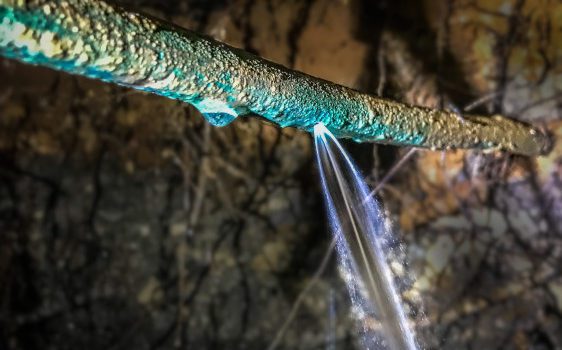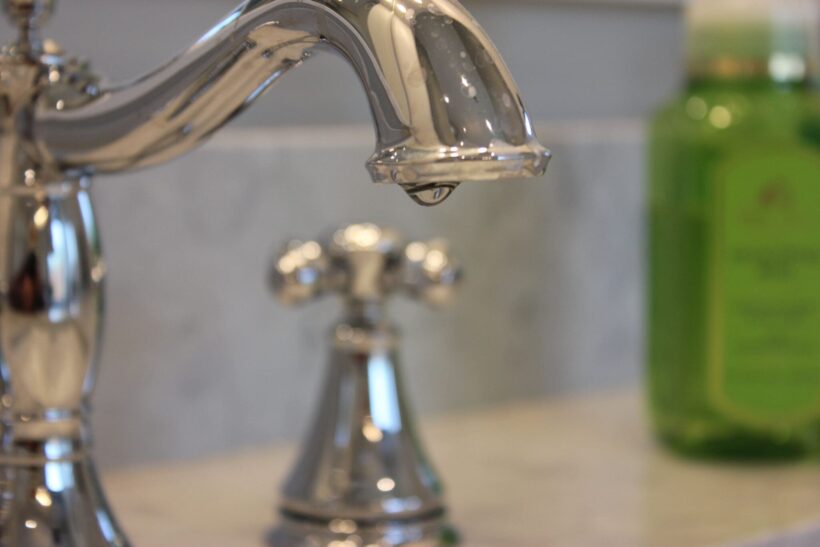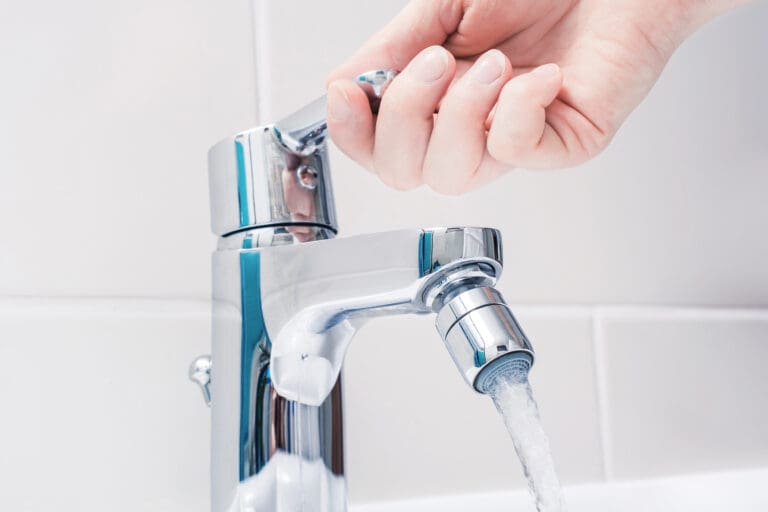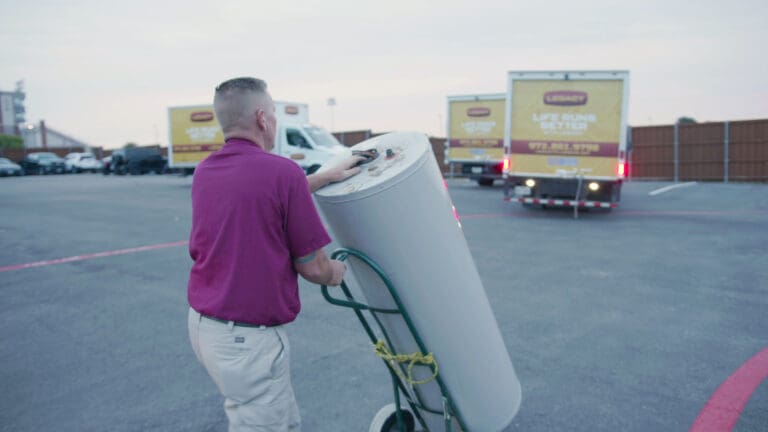In this article, we’re going to discuss details of the Little Elm plumbing code and also go over some of the more common plumbing repairs experienced in Little Elm, Texas. Hopefully, this will give you some great information that will enable you to be proactive in your home’s plumbing maintenance.
What Plumbing Code Does Little Elm Follow?
Little Elm has officially adopted the 2018 IPC (International Plumbing Code). This is pretty much lock-step with the rest of the North Central Texas Council of Governments. If you are interested in learning more about the IPC, check out the ICC’s website. It is the most widely-adopted plumbing code standard in the United States.
That being said, each city takes the plumbing code standards and adapts them to their particular needs. Officially, these are called code-amendments. As a plumbing company that serves many cities in the North DFW area, we have to stay on top of all these different code amendments for these different cities. Some of the differences from city-to-city are written and officially adopted code amendments and some of these are particular interpretations of the local code-enforcement officials. Check out Little Elm’s website for more information about some of the different official code amendments. Chapter 22 of Little Elm’s Code of Ordinances covers this in some detail.
Sewer Line Repairs
One of the more common issues we run into in Little Elm is with broken sewer lines in the yard. The vast majority of the homes in Little Elm were constructed over the last 25 years. During this time, the standard practice is to use a type of sewer line material called PVC. This is still what is used today. PVC is a great material for sewer lines. It doesn’t rust or deteriorate in the way the older cast iron lines do. However, it is still susceptible to fracture from ground movement. If your neighborhood has had ground shifting and if foundation issues are common, it is likely there will be sewer pipe issues as well.
Once the pipe in the yard fractures from ground shifting, it is only a matter of time before any nearby trees or bushes discover the fresh source of nitrogen-rich water and start to grow roots into the pipe. This will lead to an inevitable war against stoppages until the pipe is repaired.
If you continue to experience mainline stoppages, you most likely have a break in the yard line that needs to be repaired. If the break is within your property line, then it is your responsibility as the homeowner. Little Elm, however, takes responsibility for the lateral lines up to the property boundaries.
Water Heater Replacement
Another one of the most common issues we deal with in Little Elm is water heater replacement – due to the time frame during which many of the houses were constructed. Electric water heaters are pretty common in Little Elm and they have an average life expectancy of 13-15 years before the tank itself starts to leak. Natural gas water heaters are also common, and you can expect them to last around 10-12 years on average. Because so many homes were built in the early to mid-2000s, we do a lot of water heater replacements in Little Elm.
With that water heater replacement comes the installation of a new expansion tank. Expansion tanks were not formerly required for most Little Elm houses, but now they are required to pass inspection on every new water heater installed in Little Elm.
The reason behind this is that Little Elm is now installing check valves at their water meters to protect the potable water system of the city. These check valves act as a one-way door that allows water into the home’s plumbing system but not back out (to prevent siphoning contaminated water if there were to be a pressure drop on the mainline).
Once these check valves are installed, it also creates what’s called a closed-loop system for the home. This means that when the water in the water heater heats up and expands, it cannot equalize with the city system anymore. This results in a thermal expansion pressure-spike unless an expansion tank is installed.
Hopefully, this gives you some useful information as a Little Elm homeowner. If you have any questions, feel free to reach out to us! We would be happy to answer any questions and provide any plumbing service you need.






















